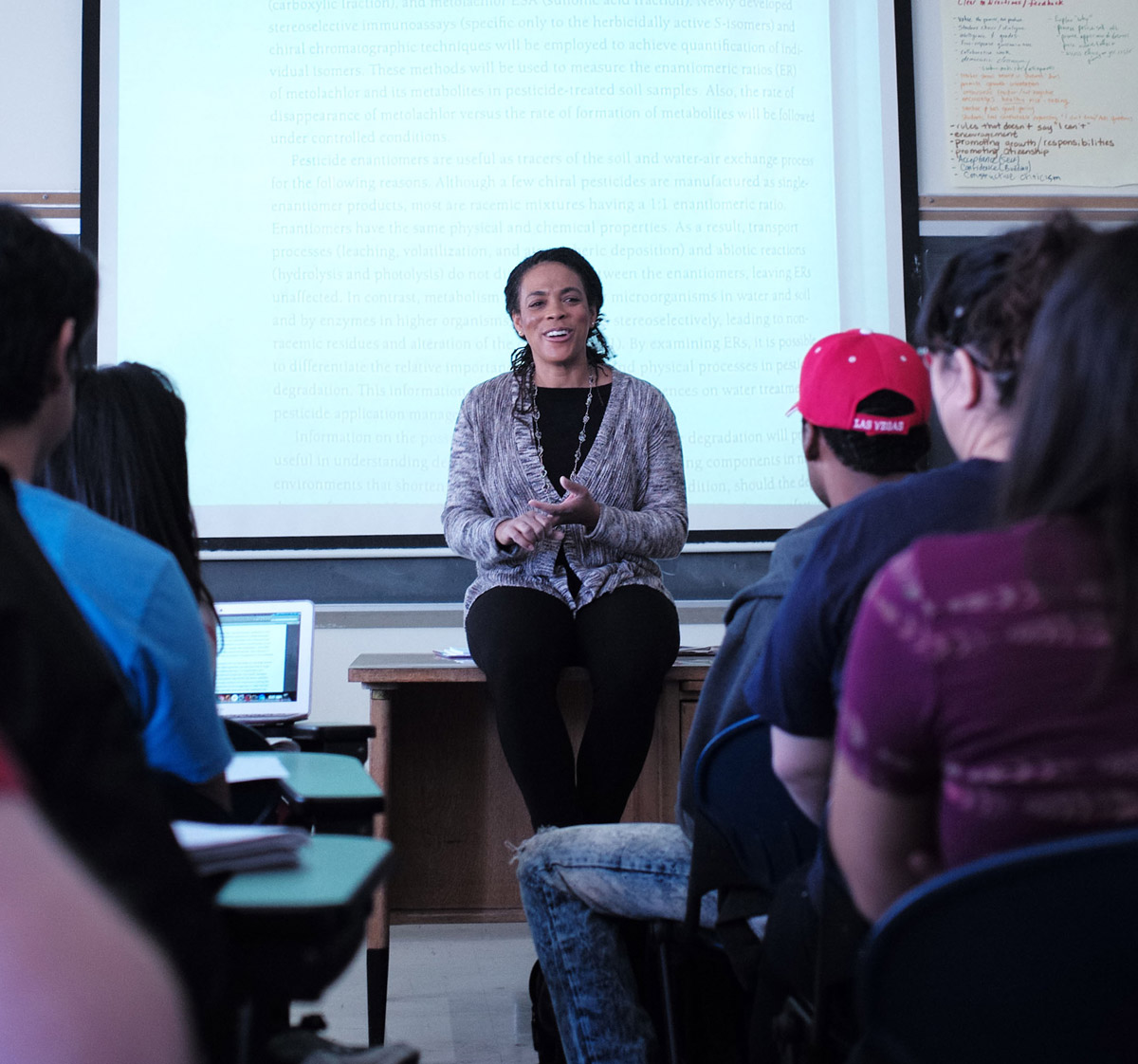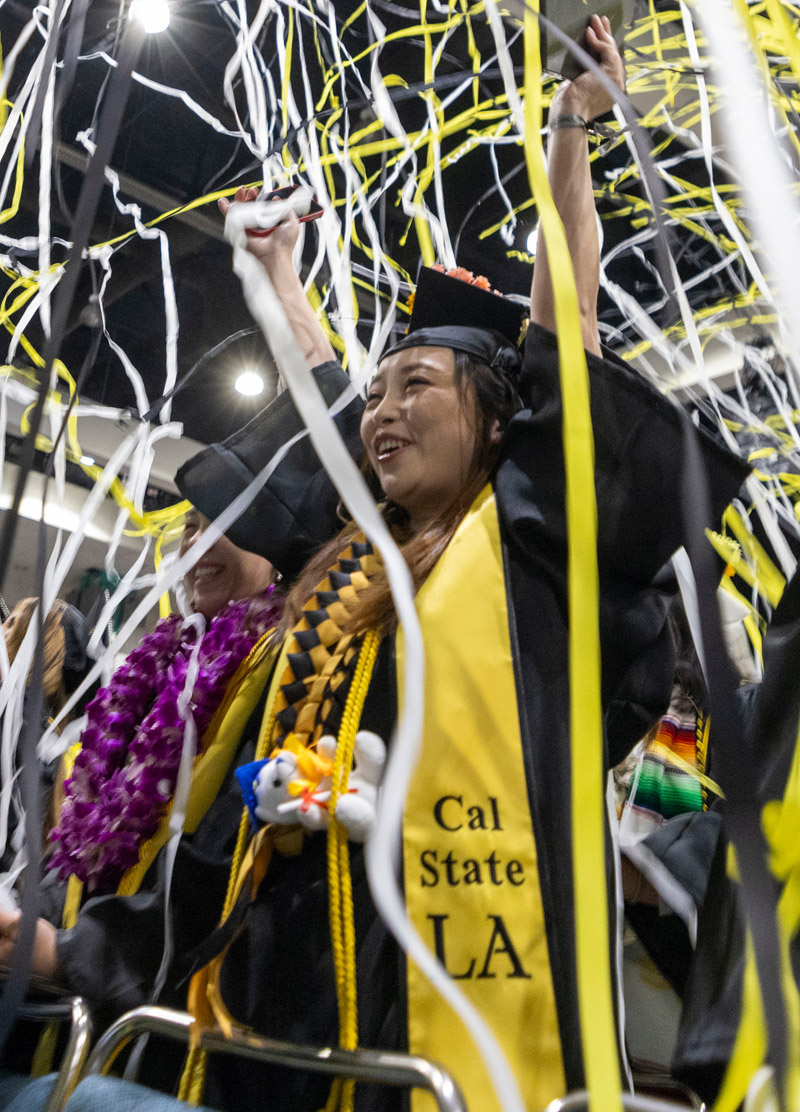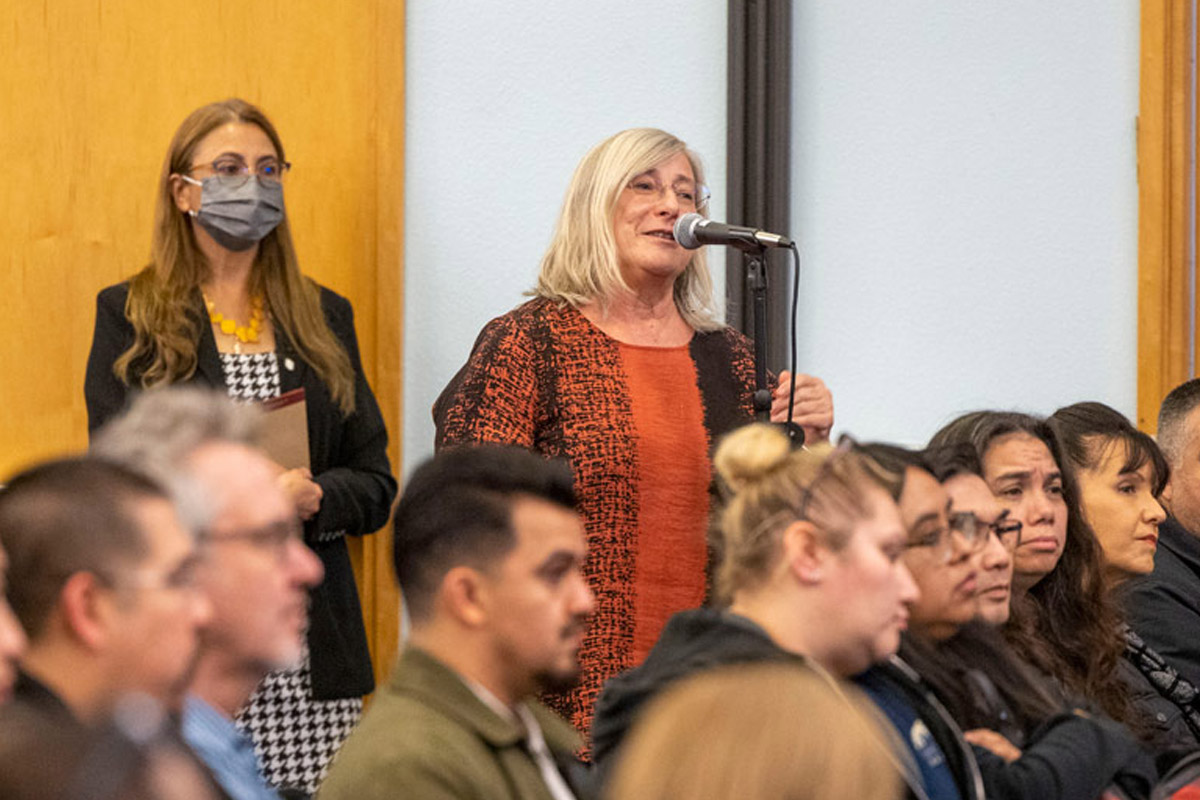Explore our financial approach on this page, where we transparently outline our University's budget. It's a clear, concise resource that will illustrate how we will continue to support the University's mission.
Budget Town Hall
The following download is from the Division of Academic Affairs. It was shared at the Budget Town Hall meeting on Sept 25, 2025.
Understanding Our Budget
Our budget outlines how funds are allocated to various areas of the University.
Tuition and state appropriation form the majority of our revenue, while expenses are primarily composed of salaries, health insurance, and unfunded campus costs. Click below to see the complete picture of our budget.
Budget Reduction Strategies
In response to our mounting financial challenges, Cal State LA developed budget reduction strategies that were implemented during 2023-24 and will continue in 2025-26. Here are a few initiatives:
- Hiring: We seek to preserve existing jobs through a hiring freeze.
- Capital Projects and Prioritized Critical Infrastructure: We have deferred capital projects and prioritized critical infrastructure renewal projects to focus on the upkeep of campus infrastructure to ensure the health and safety of students, faculty, and staff.
- Non-essential purchases: We have restricted non-essential purchases, including equipment, hospitality, training, and software.
- Reduce Travel and Hospitality: We have restricted non-essential travel funded through general fund operating resources. Travel will be reviewed and approved by vice presidents of individual areas. This does not apply to faculty professional development and RSCA activities.
- Revenue Generation: We are seeking new opportunities to generate revenue by promoting and reengineering space rental, promoting business services and exploring public-private partnerships, and creating competitive degree and certificate programs.
- Budget and Planning Committee: We activated and engaged the new committee to ensure a higher level of shared governance as part of the process to help identify additional savings and revenue opportunities.
Budget Timeline
| Month | State | CSU | Cal State LA |
|---|---|---|---|
| September | CSU Budget Request to State | ||
| January | Governor's Budget Proposal |
| |
| March/April | CSU publishes Preliminary Budget Allocation Memo to Campuses | ||
| May | Governor's Revised Budget | Budget and Planning Committee provides preliminary budget recommendation | |
| June | Final State Budget adoption | ||
| July | CSU publishes Final Budget Allocation Memo to Campus | ||
| August | Budget and Planning Committee provides final budget recommendation for President Approval. | ||
| September | CSU Budget Request to State for next fiscal year | Final Budget posted to Financial Database and Website |
What our Community is Asking
There are four major pressures on our budget.
First, the recent employee compensation increases, though well-deserved and negotiated at the system level, have resulted in a substantial cost increase of $25 million for Cal State LA. The state funding allocated for these raises only covers $8 million of this amount. The remaining $17 million must be funded directly by the University, which is a major factor contributing to the structural deficit.
Second, the state balanced its a multi-billion-dollar, multi-year deficit in part with cuts to CSU funding. There are indications that further cuts may be implemented in the 2025-26 fiscal year.
Third, fewer residential full-time equivalent students (rFTES, or our measure of state enrollment) will result in decreased state support and tuition dollars. Enrollment decline is a nationwide trend in higher education. Cal State LA continues to have stronger enrollment than many other CSU campuses, but we are feeling this enrollment pressure.
Fourth, high inflation from 2021 through 2023 increased the cost for almost everything the university does. Benefits like healthcare and pension contributions typically outpace inflation for the rest of the economy, often by a significant margin.
Hard to say at the moment. Part of the answer is it depends on how aggressively we act over the next two years. That is a matter of urgent discussion in shared governance. The university must cut 12.4 percent to meaningfully close the deficit.
All divisions will need to develop plans to balance their budgets with a 12.4 percent cut. The scale is just too large to spare any division its share of the cuts.
However, we will also need to address the fact that some areas in the university are critically underfunded, jeopardizing their mission and the mission of other areas that rely on them. There may be some programs and specific offices/departments that grow even as we scale back spending overall.
Liquidating all investments is not a realistic option. First, that option only works once and then you are back in the same situation next year with fewer resources. Second, the university does not hold much in invested savings. What we do have saved are funds that will be spent later in the year or a minimal reserve (about one month in emergency backup).
Most long-term investments are held by the Cal State LA University Auxiliary Services (UAS) and Cal State LA Foundation. UAS operations are intended to be self-sufficient, so funds deposited with the State of California’s Local Agency Investment Fund help provide modest returns for things like food services, childcare, or the bookstore. Almost all Foundation funds are restricted and committed to an intended purpose upon receipt, so investments are used to generate returns for things like scholarships or to enhance specific academic programs without draining university funds intended for classes, student support, and operations.
No. However, growth will help to a point. The California State University (CSU) sets enrollment targets for Cal State LA. We get around six dollars from the state for every four dollars that comes from tuition.
Currently, the CSU is funding us for our full enrollment target. However, in calculating tuition revenue, the university is budgeting with the assumption of being 5.3 percent below target. We are striving to do better than that. For now, it looks like we could cut that shortfall in half.
If we continue current progress, then Cal State LA could receive another $4 million. This could help offset future reductions in state support that we are told by the CSU Chancellor’s Office to expect next year.
If we go above the target, Cal State LA might receive more tuition but gets no additional state funding. This becomes a self-defeating cycle, as more students are educated with fewer dollars on a per-person basis. This particularly hits hard for basic needs and other essential services outside the classroom.
Cal State LA offers some 4,000 course sections in any given semester. Our waitlists this semester average less than one student per section. This is not unusual. In fact, our waitlist numbers this fall semester are lower than in the past.
There are many reasons waitlists exist. Students have preferences on time, format, and faculty teaching particular classes. Sometimes a student is enrolled in another class, but chooses to waitlist on a class at a time they prefer or with a faculty member they know. Another reason a waiting list may exist is that a student has an online class but prefers in person, or an in-person class but prefers online. Colleges try to schedule as best they can to meet student demand, and to balance General Education courses across departments, but it’s never perfect.
If we get a large enough group of students on a waitlist for a specific course, we may be able to open a new section. This can be challenging though, as you’ll never be able to have the exact time, format, and faculty as the class being waitlisted.
Yes. Cal State LA budgeted this semester with the assumption of being 5.3 percent below CSU enrollment target. As a result, we have 6.9 percent fewer sections compared to last year. We are focusing on student-centered course schedule that aligns with available resources. We are also working to align our enrollment with funded CSU system targets.
Cal State LA is committed to following the Collective Bargaining Agreement (CBA) with the California Faculty Association in course assignments.
The university first assigns courses to tenured/tenure-track faculty followed by lecturers per the order of assignments in the CBA. Three-year full-time faculty have priority when it comes to offering courses followed by three-year part-time lecturers.
If there is additional work available, then the work is offered to full-time one-year lecturers followed by part-time lecturers staffing the remaining classes.
As part of our continued efforts to navigate the current financial challenges facing our University, we are announcing the implementation of a hiring freeze effective immediately. This challenging but necessary step will help us better realign our resources that prioritize student success and campus operations while also remaining fiscally sound.
Ongoing hiring processes for positions will be paused immediately, except for those pre-approved by the Division Vice President.
The hiring freeze will remain in place until further notice. We will reassess our financial position regularly and provide regular updates as conditions change.
Temporary, adjunct, and part-time hires will be subject to the same scrutiny as full-time positions. Exceptions may be granted for critical academic or operational needs.
Rare exceptions will be made for positions in critically under-resourced areas, with final approval by the President. Hiring managers will be provided with information about submitting positions for consideration.
We understand that this hiring freeze may create challenges for many departments. We are reviewing processes and offer guidance and support for ways we can reduce bureaucratic hurdles at various levels of administration. Limiting duplication of effort and “paper pushing” will allow all of us to better focus on our mission-centered work. We also encourage you to think creatively about how to work collaboratively, streamline processes, and maximize our existing resources.
The University will further commit to looking into ways we can build on successes in Advancement, Auxiliary Services, Sponsored Programs, and the College of Professional and Global Education (PaGE) – in addition to other programs not dependent on state support – to ensure we have a healthier mix of funding sources over the long term to uphold a vibrant campus.
Updates from the University
Stay updated with budgetary information through messages from the administration regarding the budget deficit.
More Financial Information
- Administrative Guidelines on Campus Reserves and Spending
- Administrative Procedure 204 - Student Fee Policy
- Administrative Procedure 205 - Student Success Fee
- Administrative Procedure 209 - Hospitality, Payment, Reimbursement
- Administrative Procedure 212 - Resource Allocation Plan
- Administrative Procedure 217 - Instructionally Related Activities Advisory Committee




